West National Park, or as the locals refer to it, ‘Taman Nasional Bali Barat’, is a park located on the northwestern side of the small Indonesian island of Bali. The park stretches across 300 square miles (770 sq kilometres), demonstrating the authorities’ commitment to conservation as this relates to 10% of the island’s total land area.
The varied habitats that form part of the park include beaches and islets, coral islands, Savannah, mangroves and mixed-monsoon forests. All the habitats are carefully managed to protect the delicate ecosystem, ensuring that the tourism and exploration of visitors is an enjoyable and educational experience, an experience that does not threaten the flora and fauna.
However, much of the wildlife in the area is severely under threat, a fundamental reason why the park came into being. In 2001, only six birds that are native to the island were believed to still be in existence. Re-introduction of captive birds has been met with problems as poachers often re-capture them for sale.
The park, which has been in existence as early as 1917, is divided into three areas: the main zone, forest zone and exploration zones. The main zone is prohibited to all visitors and is accessible only to those involved in research. Access into the forest zone is limited while the exploration zone is the only area available for tourist activities, such as bird watching, jungle trekking, camping, diving and snorkeling.
Making your way to the park is easy and most visitors arrive from either Pemuteran or Lovina along the north coast road, while others come from Gilimanuk in the south.
The first task is to check into a park office (PHPA). There are two located in the park, in the village of Cekik and at Labuan Lalang, and here you can buy your permit, arrange for a guide and find out any general information.
Only a tiny part of the park is open to tourists and this rule should be respected. Some visitors bypass paying for a permit or hiring a guide, and this is a practice that is extremely frowned upon here, regardless of what several travel books advise. Fees are not expensive and should not be wavered to see this beautiful part of the world.
The official guides will take you on a trek that is suitable to your time limit and interests. An easy two-hour walk will complete the Tegal Blunder Trail – a bird watcher’s paradise. Or those eager for a bit more strenuous adventure can head out on the Gunung Klatakan Trail, a five-hour hike through some fantastic rain forest.
Or jump on a boat at Labuan Lalang and sail off to the uninhabited Menjangan Island, the most perfect spot on Bali for snorkeling and diving.
Whatever your reasons are for traveling to West Bali National Park, eco-tourists are certainly in for a real treat.
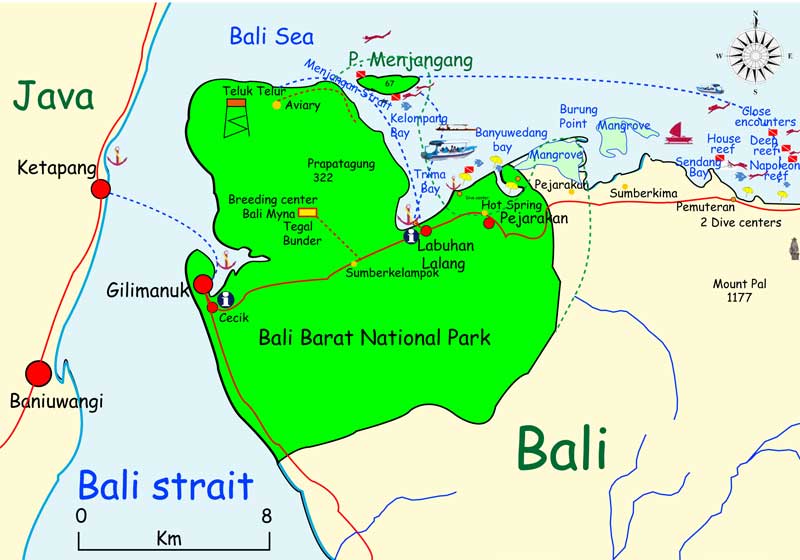
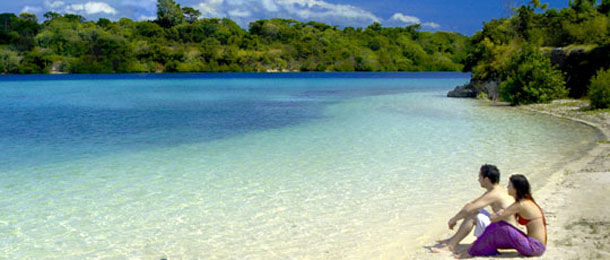
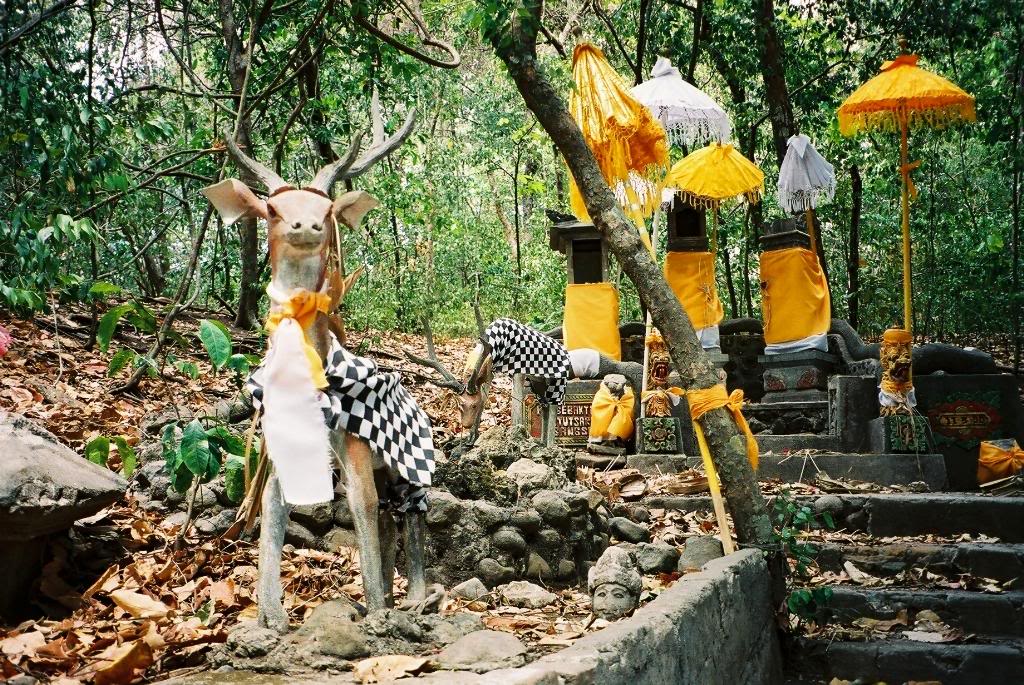

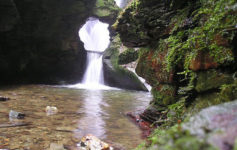
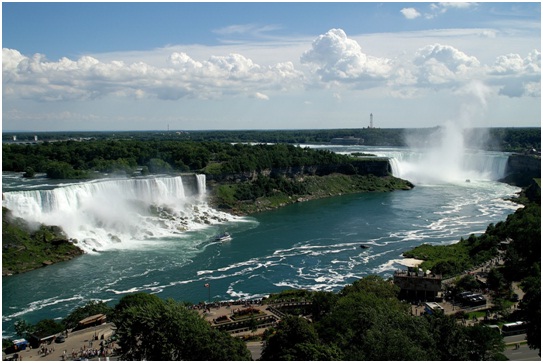
Living in Bali and helping tourists to get the best out for their holiday for more than a decade I can assure you that this area is the most beautiful yet less traveled part of Bali. Holiday developments in Bali have been so massive that only this protected area remains nearly untouched. Definitely worth a visit.